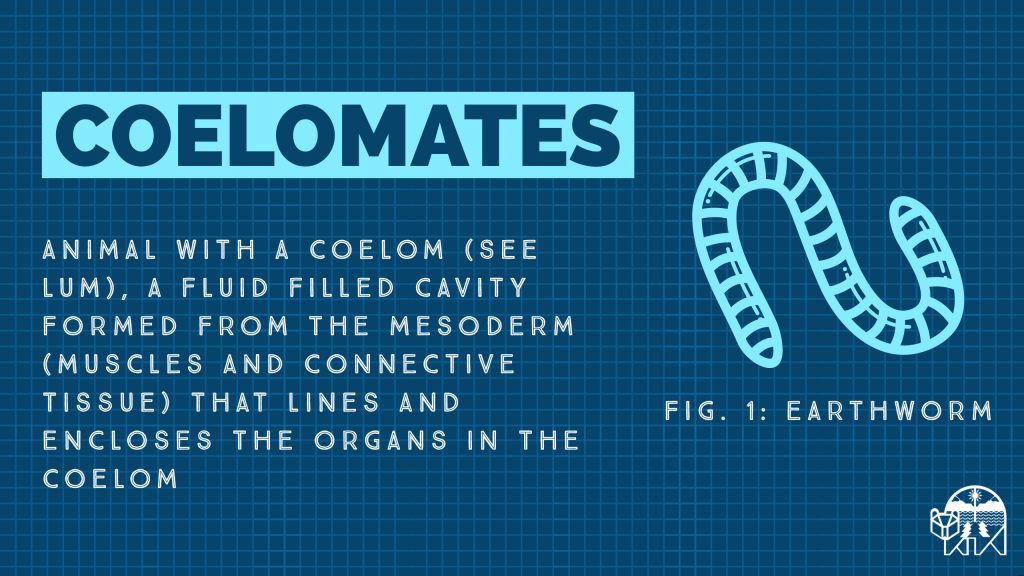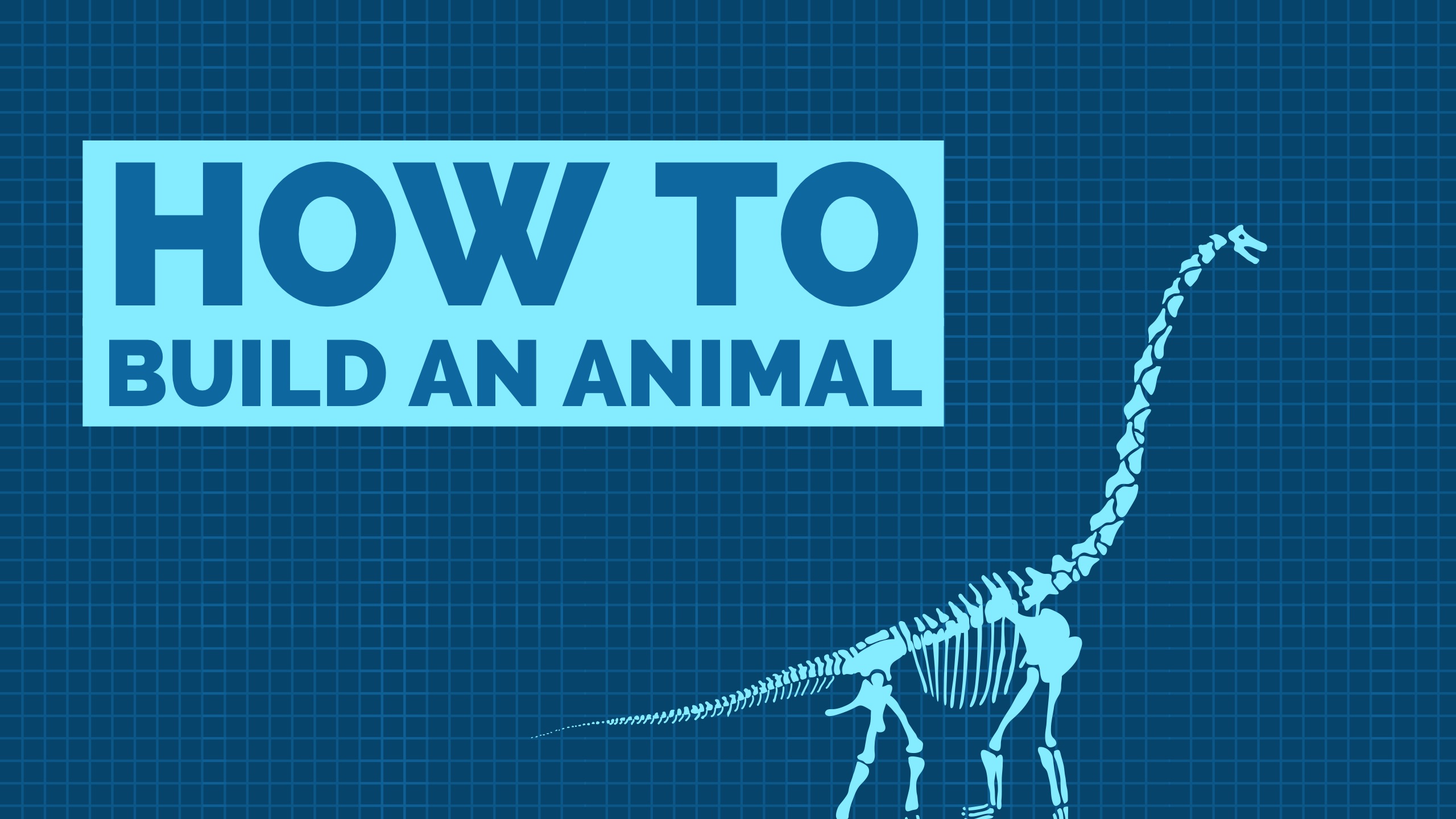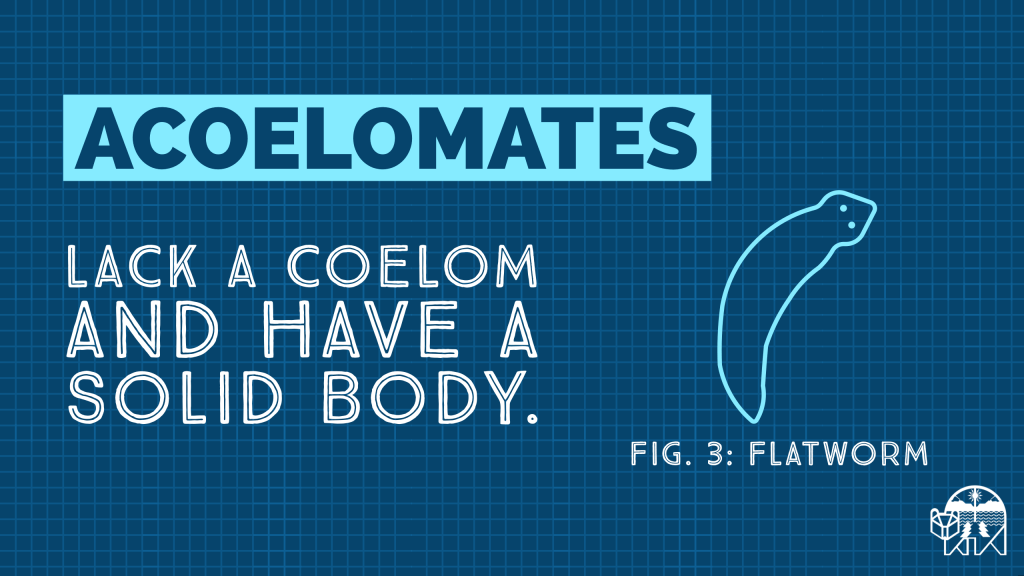So far in the How to Build an Animal series, we’ve been taking a look at the very things that make an animal, well, an animal. In Part One we explored types of symmetry and got oriented with the directions of cephalization. In Part Two we dove into the early development of animals, from fertilization to the gastrula. We also defined the early layers called the ectoderm, mesoderm, and endoderm and hinted at their future by revealing what tissues they are responsible for developing into.
Each of these things has been a branching point on the tree of animal life. Now it’s time for another.
Body Cavities
Just as Part One focused on animals with bilateral symmetry and cephalization because most animals follow that plan, a majority of Part Three will focus on what is seen in most animals.
The Coelom
The coelom (pronounced See lum) is a body cavity. In fact, coelom is Greek for the word cavity.
If you don’t know what a body cavity is, that is totally understandable. Maybe you’ve only heard of cavities as in the holes you might get in your teeth if you eat too many Sour Patch Kids.
This is different, but similar. A body cavity is a space in an organism that houses organs. It’s lined with a layer of cells and filled with fluid, and serves several super important purposes like protecting the organs.
Your body has several, but we’re focusing on just the one kind for now.
Coelomates
Between the gut and the outside body wall of most animals with bilateral symmetry is a fluid-filled cavity called a coelom (SEE lum).

Recall that in Part Two, we discussed the three tissue layers found in animal embryo’s that later differentiate into all of the different organs, tissues, muscles, etc: the ectoderm, endoderm, and mesoderm.
The coelom (SEE lum) has tissue formed from the mesoderm, the middle layer that develops into muscle, the circulatory system, the excretory system, and sometimes the respiratory system. That mesoderm-based tissue lines and encloses the organs in the coelom.
The thing about coelomates is, they can be divided into two categories: the protostomes and the deuterostomes. We’ll come back to that in a moment.
The picture below shows a simplified corss-section of a coelomate body plan in something like an earth worm. If you’re unfamiliar with what a cross-section is, imagine cutting a hotdog in half the short way and then looking at the now open-face.
Odd analogy, I know. Maybe I could have said tomato? Anyway, humans, fishes, insects, and many other animals are coelomates
PSEUDOCOELOMATES
The pseudocoelom (soo duh SEE lum) is a fluid-filled body cavity that forms BETWEEN the mesoderm and the endoderm.
The body cavity is separated which makes it difficult for larger more complex body structures to develop
Acoelomates
Acoelomates (ay SEE lum ayts), like the flatworm, lack a coelom entirely!
They have solid bodies without a fluid-filled body cavity.
Nutrients and waste diffuse from one cell to another because there is no circulatory system.
Development in Coelomates
Earlier I mentioned that coelomates can be divided into two categories, the protostomes and deuterostomes. The difference all comes down to development. The category an animal falls into can even be used to measure relatedness between species. But what exactly is the difference?
Protostomes
Remember the gastrula from Part Two, that first opening in the developing embryo? In protostomes, that opening is what becomes the mouth. If even one cell is removed, the embryo won’t develop as it’s supposed to. Everything must be in the right place.
In the 8-cell stage of development, the top cells are slightly off-set from the bottom cells. As they multiply, that off-setness becomes more dramatic, giving the embryo a slight spiral shape. As it grows, the mesoderm eventually splits and the coelom develops.
Deuterostomes
In deuterostomes, that first opening also goes on to become something important, just not the mouth. It becomes the anus!
The mouth will come along from another opening of the gastrula at some point, but that’s not the only difference. Unlike in protostomes, the individual destinies of cells can be changed. In fact, removing a cell doesn’t cause any damage. It can actually go on to develop into its own new embryo. As the embryo continues to grow (not in a slight-spiral in this case) the coelom will eventually develop from two pouches in the mesoderm.







Leave a Reply